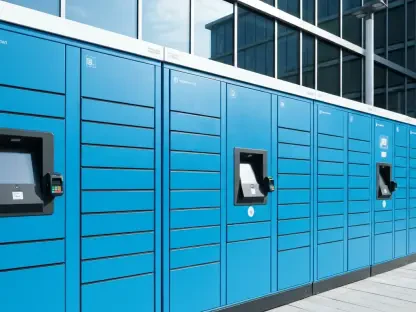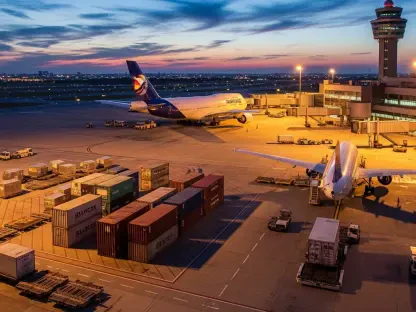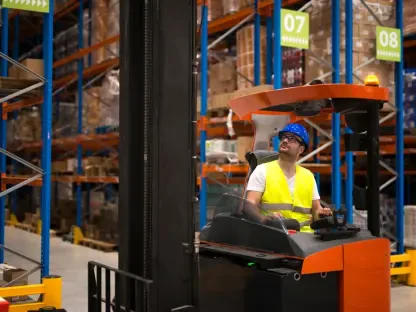Burlington Stores has taken significant strides to slash costs by heavily investing in its distribution centers and enhancing its supply chain operations. In a notable achievement, the discount retailer reported a 50-basis-point reduction in product sourcing costs and a 20-basis-point decrease in freight expenses for the third quarter. These improvements are credited to the company’s targeted investments, which are expected to deliver further savings over time. Burlington’s strategic focus aims to ultimately achieve a 100-basis-point improvement in product sourcing costs over a five-year period. This ambitious goal hinges on the realization of substantial cost efficiencies across their supply chain.
Central to Burlington’s cost reduction strategy is the decision to own rather than lease its distribution centers. This approach is designed to afford the company greater flexibility and control, aligning perfectly with its off-price retail model. Ownership of these facilities enables Burlington to implement automation technologies that enhance productivity and reduce labor costs. In March, Burlington announced the forthcoming opening of a 2 million-square-foot distribution center in Savannah, Georgia, scheduled for 2026. This expansion adds to its portfolio of owned facilities and serves as a testament to the company’s long-term vision. Currently, Burlington owns only two of its 12 primary distribution and warehousing facilities, but the new center in Savannah marks a significant step toward shifting that balance.
Ownership Strategy and Automation Integration
Ownership of distribution centers provides Burlington with the opportunity to tailor these facilities to its unique operational needs. The company’s goal to automate various processes within these centers is a key component of its strategy. Automating specific processes not only reduces handling time but also cuts down on labor costs, which are critical in maintaining the competitiveness of off-price retailers. The redesigning of merchandise flow within these centers aims to streamline operations, boosting efficiency and efficacy. This dual approach of ownership and automation is set to not only modernize Burlington’s supply chain but also to maintain pace with industry standards and emerging technologies.
The Savannah distribution center represents both a significant capital investment and a leap forward in Burlington’s distribution strategy. The facility will be equipped with state-of-the-art automation systems to enhance productivity and reduce operational delays. This addition to Burlington’s already growing portfolio of owned facilities will further push their commitment to cost savings and supply chain efficiency. As part of these efforts, the company plans to continue investing in more extensive and automated distribution centers beyond 2028, aiming for long-term operational excellence. These initiatives are projected to better position Burlington in the competitive off-price retail sector, where cost efficiency is paramount.
Future Growth and Competitive Edge
Burlington Stores is making major efforts to cut costs by significantly investing in its distribution centers and improving its supply chain operations. The discount retailer reported a notable 50-basis-point reduction in product sourcing costs and a 20-basis-point decrease in freight expenses for the third quarter, thanks to these targeted investments. Burlington aims for a long-term goal of a 100-basis-point improvement in product sourcing costs over the next five years, with these investments expected to generate further savings over time.
Central to this strategy is Burlington’s decision to own its distribution centers instead of leasing them. This approach offers the company greater flexibility and control, which aligns well with its off-price retail model. Ownership allows Burlington to implement automation technologies that boost productivity and cut labor costs. In March, the company announced plans to open a 2 million-square-foot distribution center in Savannah, Georgia, by 2026. This expansion highlights Burlington’s long-term vision, as it currently owns only two of its 12 primary distribution and warehousing facilities. The new center represents a significant shift towards increasing that ownership balance.









